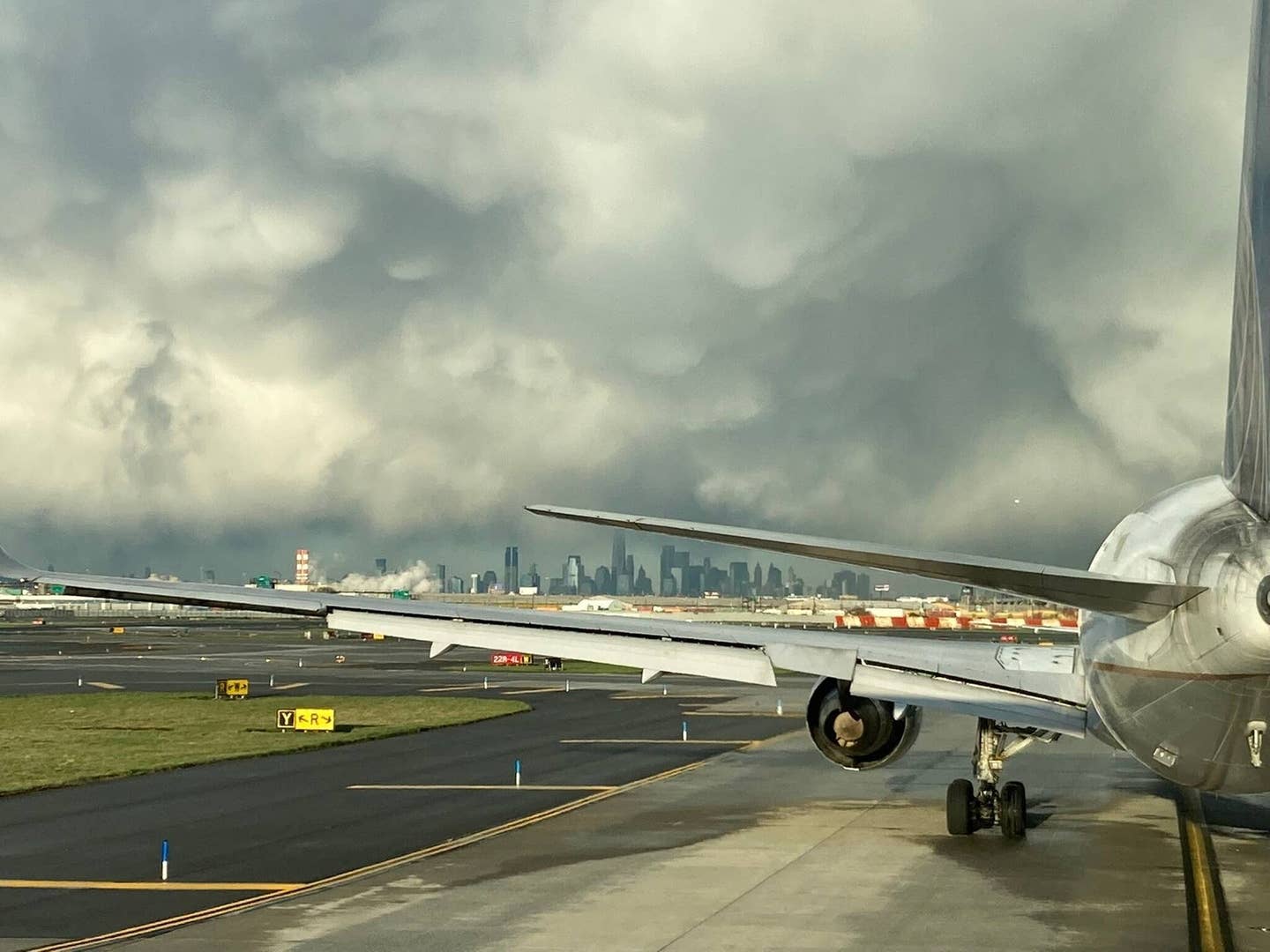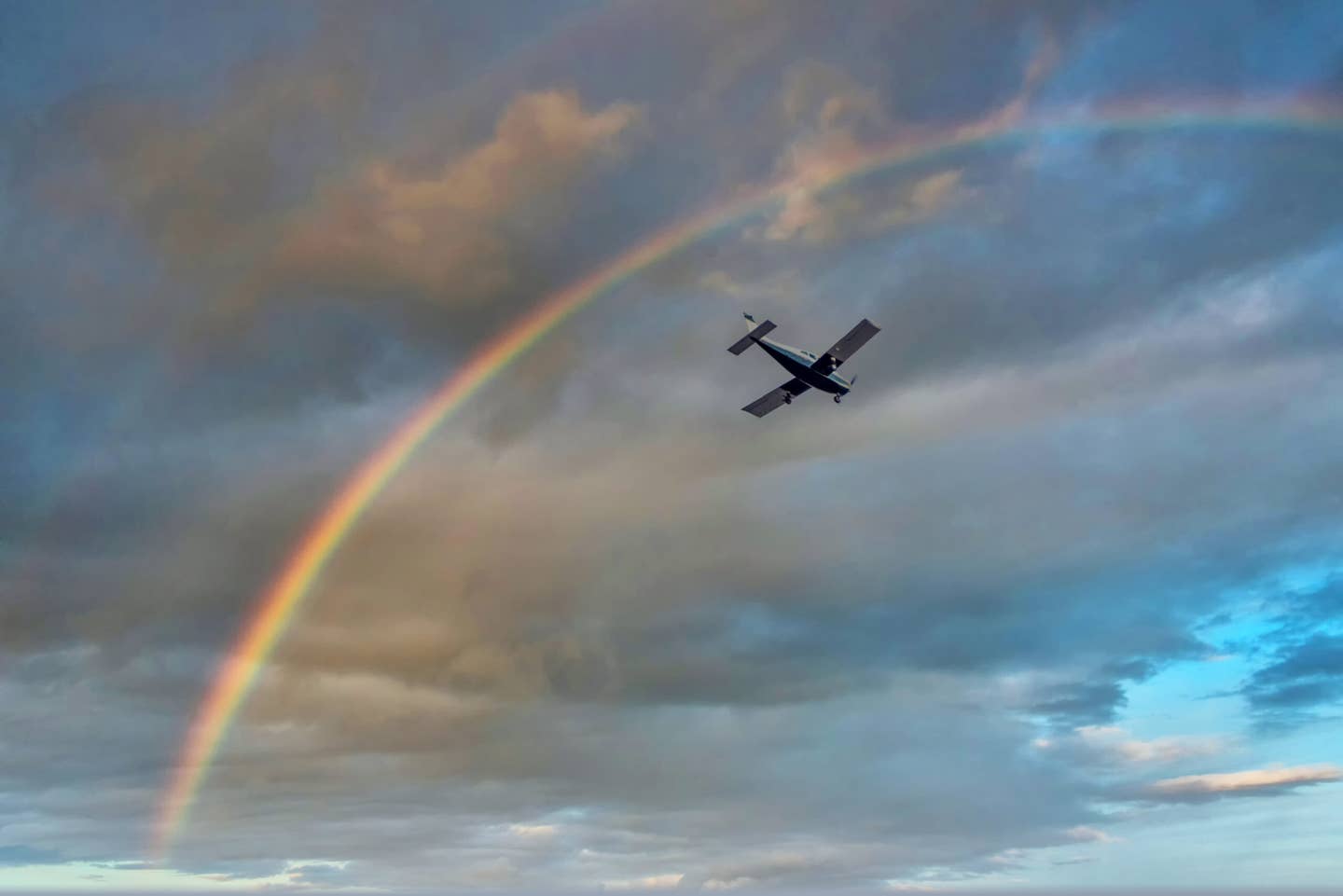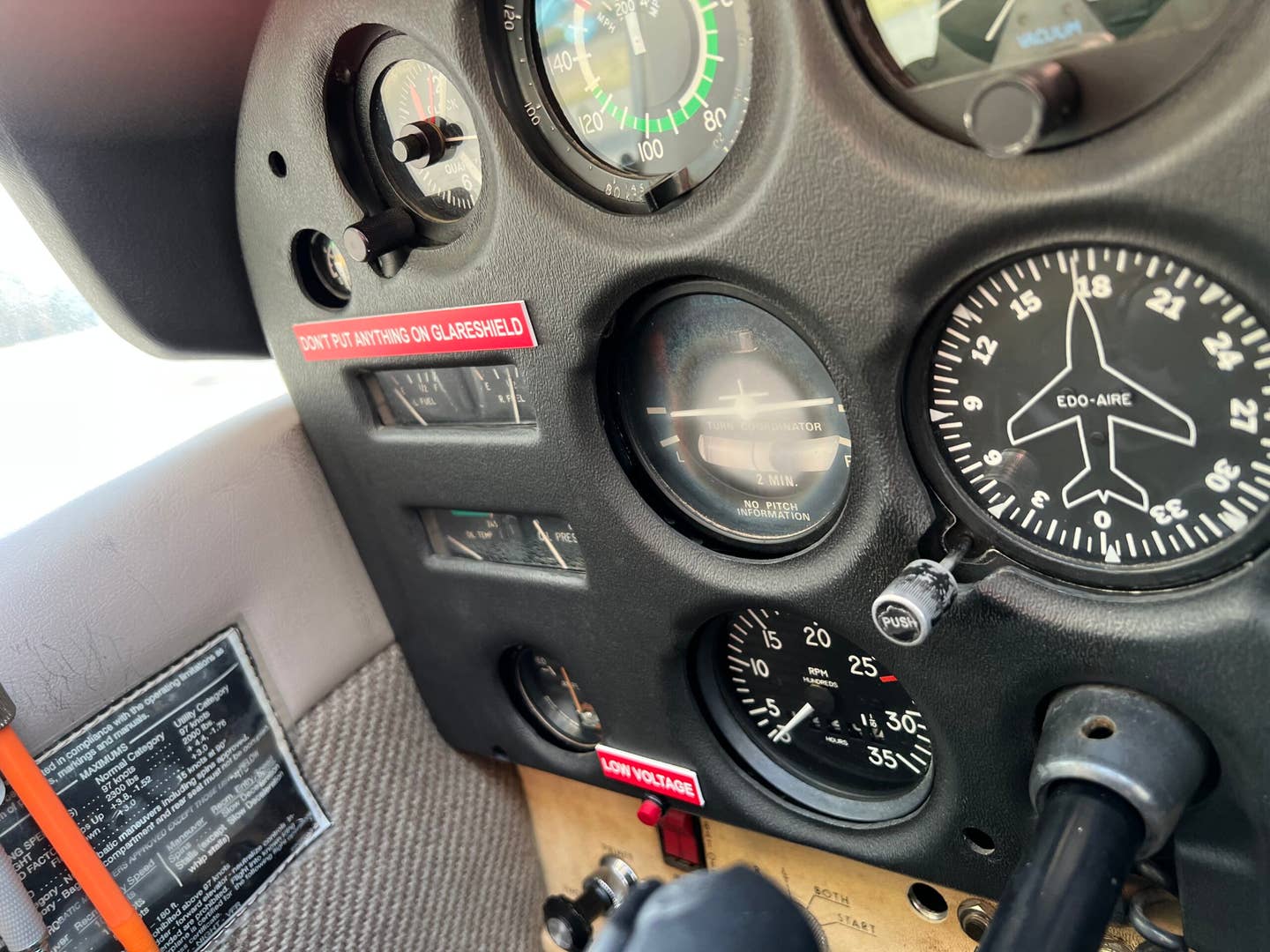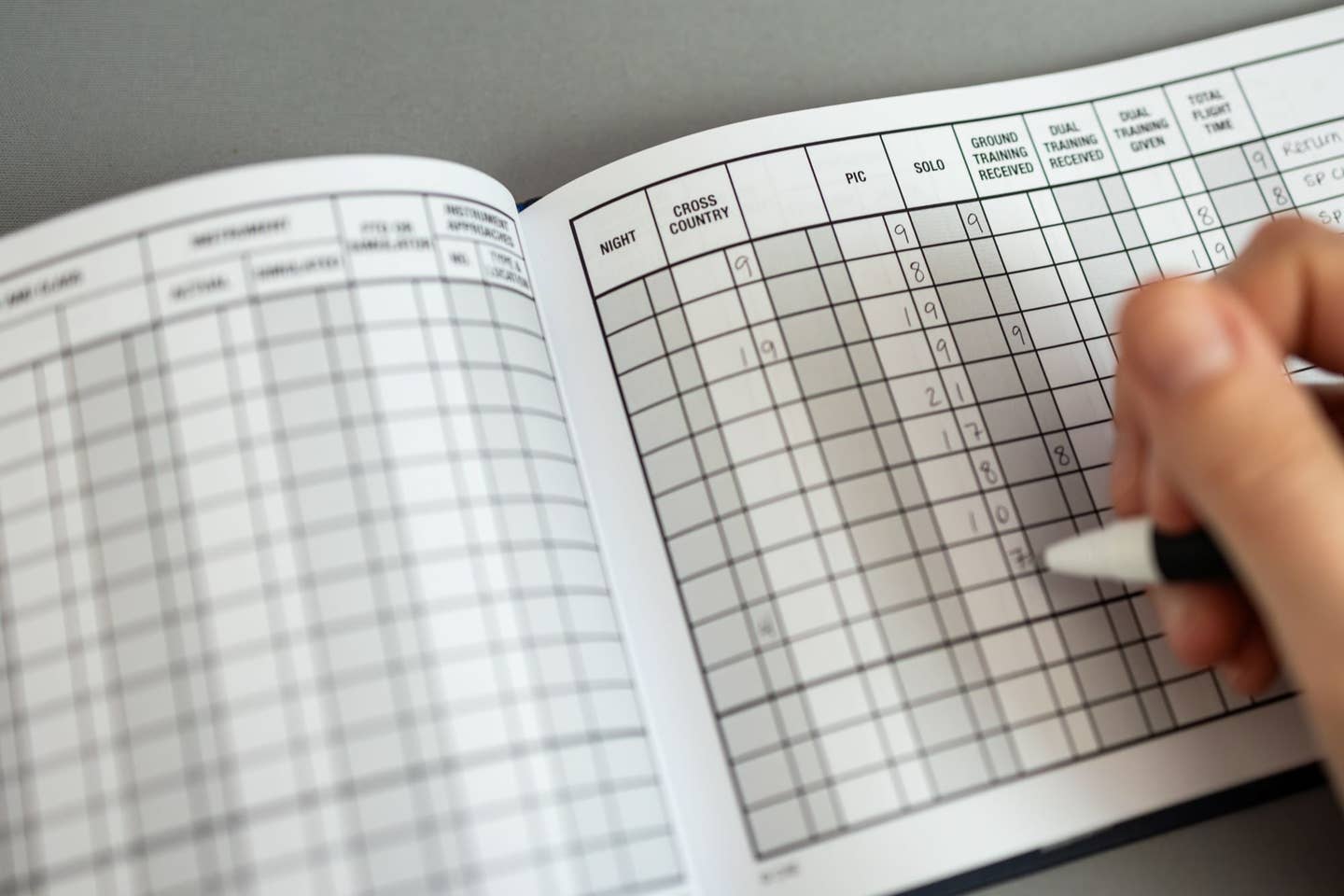
Lockheed Martin software in a Flyit FTD Stephen Pope
If you own a copy of Microsoft’s Flight Simulator X, you might want to grab a pen, scratch the name Microsoft off the box and write Lockheed Martin instead.
That’s because Lockheed Martin has licensed the software and the intellectual goodies that go with it, marking the end of the line for one of the most successful game series in the history of computing, spanning almost 30 years since the original in 1982, called Microsoft Flight Simulator 1.0.
Microsoft has also disbanded the Aces video-game studio responsible for the Flight Simulator franchise and handed over the core simulation technology to Lockheed, which now sells the software to flight training device makers as a low-cost sim platform. Lockheed Martin’s eventual goal is to further develop the Flight Simulator software (now called Prepar3D) to the point that it can be used to train military pilots and UAV operators.
This doesn't mean Microsoft has abandoned the lucrative flight gaming market, however. Quite the opposite, some of the brightest minds at Microsoft Games Studios are now hard at work on a new title simply called Microsoft Flight. (You can check out a few teaser videos here). On Microsoft's website, the company promises that the new software "will retain the full fidelity simulation longtime fans have come to expect while offering all players a whole new look and feel, a wide range of new game play and challenges, persistent experiences and social connectivity."
That last bit about social connectivity is important to Microsoft’s broader strategy with Flight. Leveraging its Windows Live online gaming platform, developers hope to create a global flight community where everybody can fly together. Apart from increasing the chances of having a midair collision, the shift also means you’ll get to share the skies with a bunch of 12 year olds blasting through Chicago’s Class B airspace in F-35s, Stealth bombers, Airbus A380s and who knows what else. Should be interesting. Thankfully, you’ll still have the option of flying solo if you'd prefer.
Speaking of 12-year-old virtual aviators, that’s about the age when I first started playing around with Microsoft Flight Simulator 2.0 — on a Tandy 1000 computer purchased at the local Radio Shack. By the time I began flying real airplanes a few years later, I had navigation basics down pat and could track a VOR radial so well that it turned my flight instructor into an instant believer in the benefits of the game as a teaching tool.
Of course, he had an old Link trainer in his office that he’d been using to teach instrument basics for decades (unfortunately, it was broken by the time I started learning to fly in the mid 1980s). He claimed he could strap a five-year-old into the contraption, tell the youngster what he wanted him or her to do, and achieve better results than he usually did from seasoned pilots. And this was before Xbox or PlayStation.
Now, a new generation of young people will get the chance to experience virtual flight in Microsoft’s forthcoming iteration of the sim series, which is great. I’m not sure if I’ll buy the game, though. Judging by those preview videos, the software looks as though it will require a Windows 7-compatible computer running a plutonium-powered processor and at least several terabytes of memory. Anyway, the designers haven’t said when the new software will be out, so we’ll see if I’m compelled to buy a new PC just to play one game.
For now I’ll stick with my favorite: Lockheed Martin’s Flight Simulator X.

Sign-up for newsletters & special offers!
Get the latest FLYING stories & special offers delivered directly to your inbox






